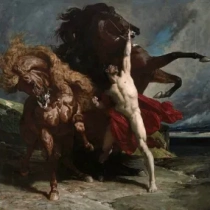 1843 - 1871
academic classicism
1843 - 1871
academic classicism
Description Henri Alexandre Georges Régnault
Henri Alexandre Georges Régnault, born on October 28, 1843, in Paris, was a luminary of French academic painting whose meteoric rise was tragically cut short. Régnault's artistic journey unfolded during a transformative period in French art, marked by the tension between traditional academic norms and burgeoning avant-garde movements.
Régnault's early promise was evident, earning him admission to the prestigious École des Beaux-Arts at the tender age of thirteen. His exceptional talent was nurtured under the guidance of luminaries like Alexandre Cabanel and Léon Bonnat. Régnault's eclectic influences ranged from classical antiquity to Orientalism, reflecting a dynamic engagement with diverse artistic currents.
In the 1860s, Régnault embarked on a journey that would define his artistic identity. Traveling to Spain and North Africa, he immersed himself in the vibrant tapestry of cultures, evident in works like "Execution without Judgment under the Moorish Kings of Granada." This painting, marked by its exoticism and emotional intensity, garnered critical acclaim and set the stage for Régnault's subsequent explorations.
His foray into classical subjects, seen in paintings like "Salomé," showcased Régnault's ability to infuse ancient narratives with contemporary sensibilities. The painting's sensuality and theatricality stood in contrast to the prevailing academic norms, hinting at the evolving spirit of French art.
Régnault's career reached its zenith when he won the prestigious Prix de Rome in 1869, affording him the opportunity to further hone his craft in the Eternal City. His time in Rome, however, was marred by the outbreak of the Franco-Prussian War. Régnault, torn between patriotic duty and artistic aspirations, returned to France and joined the National Guard.
The tragic climax of Régnault's life unfolded in 1871 during the Paris Commune. Caught in the crossfire, he met an untimely death at the age of 27. His promising career, marked by innovation and a synthesis of diverse influences, left the art world lamenting the loss of a potential giant.
Henri Régnault's legacy endures in the brilliance of his brief but impactful career. His ability to navigate the currents of tradition and modernity, coupled with his exploration of diverse cultures, positions him as a poignant figure in the complex narrative of 19th-century French art.
Gallery
Paintings Henri Alexandre Georges Régnault
F.A.Q Section
"Automedon with the Horses of Achilles" (1868): A powerful and dynamic depiction of the charioteer Automedon with the horses of Achilles, showcasing Régnault's skill in portraying movement and energy.
"Salomé" (1870): A sensuous portrayal of the biblical figure Salomé, reflecting the fascination with Orientalism in 19th-century French art.
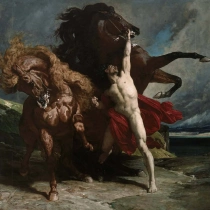


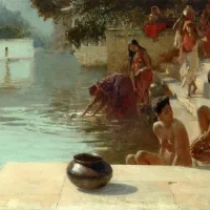
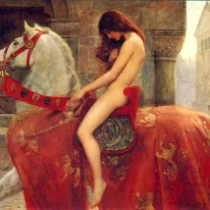

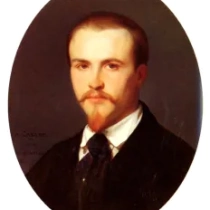
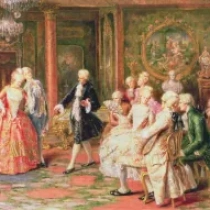

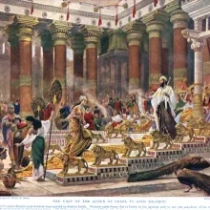



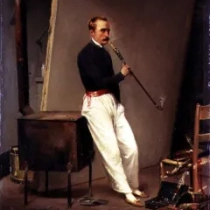

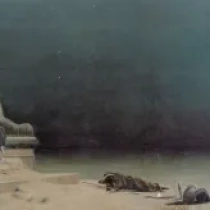
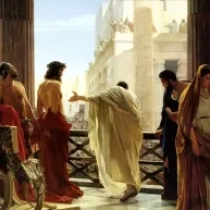




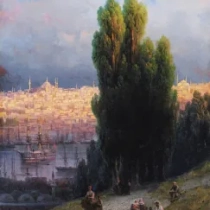


No Comments Yet...